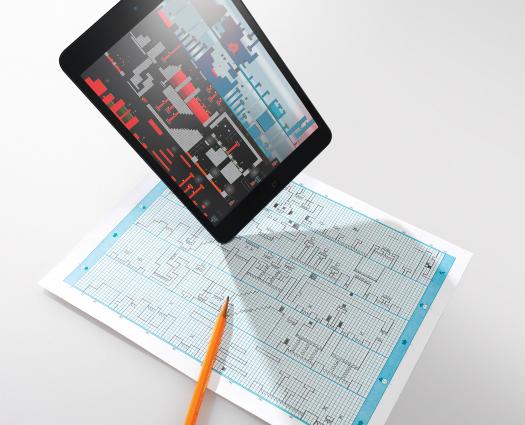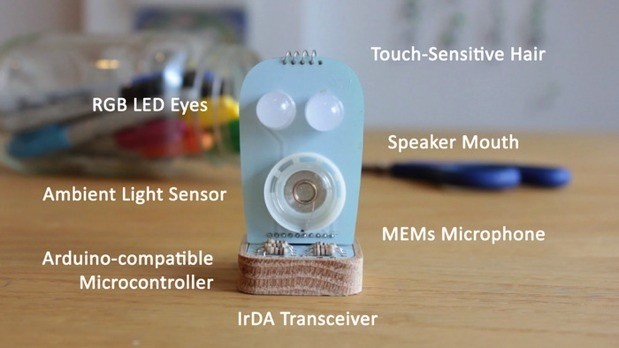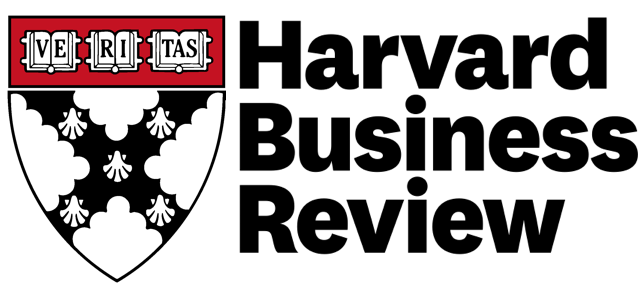Category: education
Prototyping Device Ecologies: Physical to Digital and Viceversa
Our Studio proposal has been accepted at TEI 2014 – 8th International Conference on Tangible, Embedded and Embodied Interaction.
This Studio will involve participants creating interactions with physical and digital elements. They will have the opportunity to use a toolkit we developed that combines physical and digital widgets into a unique environment to allow the rapid setup of device ecologies. Therefore, participants will be able to explore how the toolkit support to physical/digital interaction gives people with low, when no, technical skills the possibility to rapidly prototype interactions among heterogeneous devices, thus blurring the boundaries between the physical and the digital world.
See here a couple of example of what participants will be able to do:
Pixel Press app can convert simple marks on paper into a playable videogame
Always wanted to design and play your own game? It could have been very time-consuming and require many technical skills so far, but now thanks to Pixel Press it seems that you will be able to draw the design for a level on graph paper and then play it [ARTICLE]
Via popsci.com
Meet a Little Robot that can teach you the basics of hardware programming
Tired of hardware programming lessons and tutorials or dealing with Arduino boards? Well on Kickstarter there’s a new project on a tiny interactive robot, The Little Robot Friend, who can help you learning and teaching the basics of hardware programming and seems actually fun [ARTICLE]
Via Engadget.com
Interested in Futurism and Science Fiction? You might want to take a look at the Intel’s Tomorrow Project
With Mark Weiser‘s vision already becoming true, there’s currently another vision which might be the next step toward computing paradigms: The Tomorrow Project by Intel.
Take a look at this interview with Brian David Johnson, futurist at Intel: http://bcove.me/vwfae2ra
Via ASU Magazine
NeuroRacer: a game for improving multitasking skills in elderly
A very interesting game came out from a study performed by researchers at the University of California: NeuroRacer is not only able to increase multitasking skills in elderly but also has good side effects on memory and attention. After practicing with the game players in their 60s and 80s where able to do better than 20-somethings playing for the first time [ARTICLE]
Via TheDailyBeast
Want to be creative? Leave it a mess
Researchers from Carlson School of Management, University of Minnesota conducted some experiments to check the intuition that messiness could foster creativity. They analysed responses from different subjects exposed to messy and tidy rooms and found that, although the number of ideas about a new design for a product were about the same, messy room subjects were more creative. These subjects were able to produce almost five times the number of highly creative responses than their tidy-room counterparts. So no excuse but to leave your room a mess [ARTICLE]
Via nytimes
New Companies should learn that Storydoing is better than Storytelling
The big difference and value is in storydoing through action an not in communication only, e.g. storytelling. Examples of story doers are: Target, Walt Disney, Starbucks, American Express, Apple, Jet Blue, and IBM among others. In this study, published on the Harvard Business Review Blog, there is even evidence that storydoing companies are generating a substantially greater number of mentions in social media [ARTICLE]
Via HBR
The good old dilemma: Industry or Academia?
MoMA and Mellon Foundation together in a Research Consortium
Nice news about MoMA and Mellon Foundation getting together to study MoMA´s works, and, especially to bring graduate students and faculty in a museum’s collection finally far from conventional classrooms and boring slides [ARTICLE]
Via artsjournal.com
A brief history of Human-Computer Interaction and Pacman
It was a real pleasure and fun to help organise and attend the 27th International British Computer Society Human Computer Interaction Conference at Brunel University campus.
We had a wonderful keynote given by Brad Myers, Carnegie Mellon and was real fun to see mentioning Pacman in the First Natural Programming studies (see picture below).
Worth to mention that Brad Myers is the author of A Brief History of Human Computer Interaction Technology








